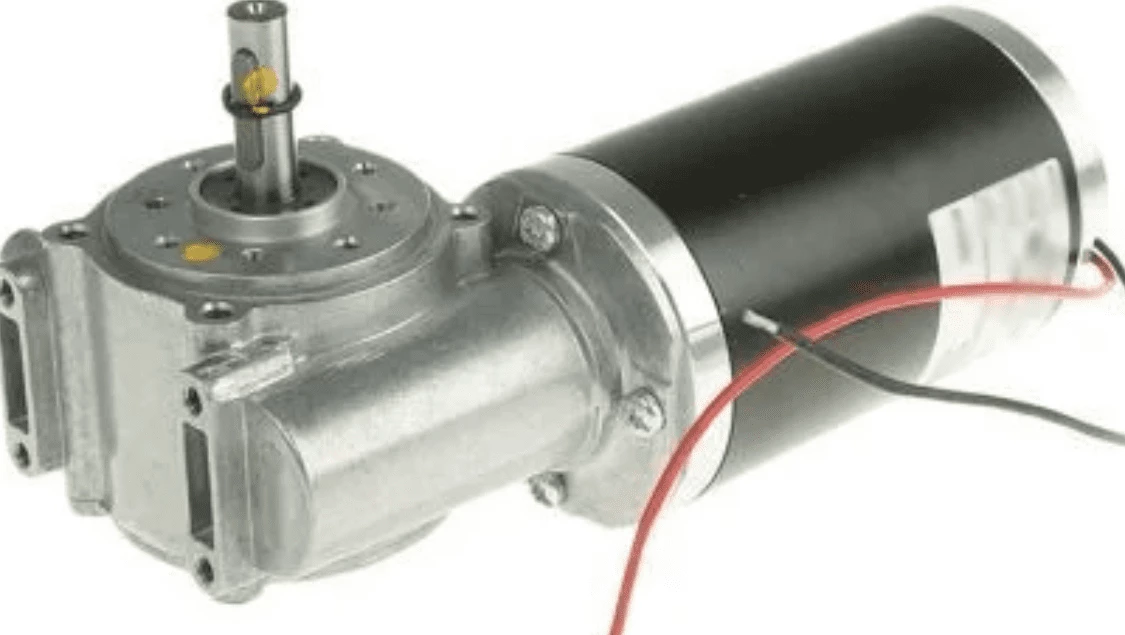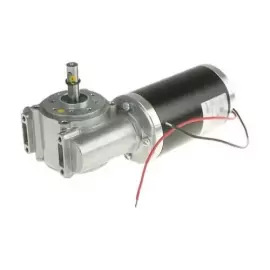 Introduction: Elevators are an integral part of modern buildings, providing convenient and efficient vertical transportation. While the overall functionality of an elevator system involves several components, one crucial element that ensures smooth and safe operation is the elevator door motor. This article aims to shed light on the significance of elevator door motors, their functioning, and their impact on elevator performance and passenger experience.
Introduction: Elevators are an integral part of modern buildings, providing convenient and efficient vertical transportation. While the overall functionality of an elevator system involves several components, one crucial element that ensures smooth and safe operation is the elevator door motor. This article aims to shed light on the significance of elevator door motors, their functioning, and their impact on elevator performance and passenger experience.The Role of Elevator Door Motors: Elevator door motors are responsible for the controlled opening and closing of elevator doors, providing access for passengers to enter or exit the elevator car. These motors play a vital role in maintaining the safety and efficiency of elevator systems. The precision and reliability of door motors are crucial to prevent accidents, ensure proper alignment, and optimize the flow of passengers in and out of the elevator.
Types of Elevator Door Motors: There are primarily two types of elevator door motors commonly used in modern elevator systems: AC (alternating current) motors and DC (direct current) motors.
-
AC Motors: AC motors are widely employed due to their robustness and ability to handle heavy-duty operations. They typically use a gear mechanism to control the movement of the elevator doors. The motor's speed and torque can be adjusted as needed, allowing for smooth and controlled door operation.
-
DC Motors: DC motors offer precise control over door movements and are often preferred for applications where high accuracy is required. These motors use direct current and can provide variable speed control, resulting in quieter and smoother door operation. DC motors are commonly found in modern, technologically advanced elevator systems.
Safety Mechanisms: Elevator door motors incorporate various safety mechanisms to prevent accidents and ensure passenger security. Some essential safety features include:
-
Obstruction Detection: Sensors are installed near the door edges to detect objects or passengers in the doorway. If an obstruction is detected, the motor stops or reverses the door's movement, preventing injury or damage.
-
Door Reopening: If a passenger attempts to enter or exit while the doors are closing, the motor triggers a reopening mechanism to prevent accidents and provide additional time for safe passage.
-
Door Timing: Elevator door motors are synchronized with the elevator's movement to ensure the doors open and close precisely on each floor. This synchronization prevents the doors from closing prematurely or opening while the elevator is in motion.
Conclusion: Elevator door motors are an essential component of elevator systems, contributing to passenger safety and smooth operation. Their precise control and synchronization enable efficient and reliable door movements, ensuring passengers can enter and exit the elevator car safely. As technology advances, elevator door motors continue to evolve, incorporating advanced safety features and energy-efficient designs. Regular maintenance and attention to these motors are crucial to maintain their performance and enhance the overall elevator experience.


